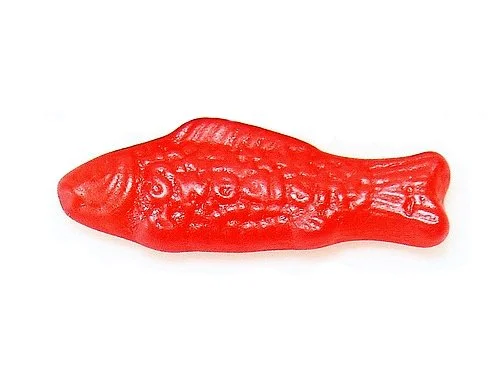In CityArts Magazine
What’s good design? A plum-colored Max Mara coat on the cover of W? An all-steel kitchen advertised in House Beautiful? Anything in the Design Within Reach catalog?
For most of us, good design is a luxury, in the way that old cognac is a luxury or a vacation in a hut on a Bali beach is a luxury. We’ve learned to equate good design with having money—lots of money—and with the cool heft of expensive consumer products.
We think good design is the icing on the cake of life. It’s the stuff we can jettison in bad times, the stuff we’ll buy when everything is going right. That’s when we’ll get a contemporary architect to design us a sustainable, quadruple-platinum LEED dwelling. That’s when we’ll wear plain grey cashmere sweats around the house and dish up dinner from big white bowls with heavy salad servers.
It’s unfortunate that William Morris’s wallpaper and Marianne Brandt’s Bauhaus teakettle were such hits with the public back in the early 1900s because that’s where the big split happened. “Good-aesthetic” split from “good-ethical” and we began fetishizing designed objects—objects originally designed to function within a grander philosophical scheme.
The old Postmoderns claimed they were the first to pull down the construct of modernism, but the “good” in “good design” was altered long before they got their ironic paws on its dusty shell. The ideological “good” in the Modern died the first time a German dowager held a Brandt teapot to her ample bosom and declared, “Isn’t it divine! I must have three.”
When I ask you to consider the importance of good design, I sound as though I’m asking you to agree that your life would be better if you could afford expensively made and branded products. But I’m asking you to do the opposite: Consider the other good in good design. That other good, not necessarily shiny or handsome, is really the more important piece, though it may not shout your net worth. It’s a kind of design that’s invisible and asks what it can do to make life better for all people in a city, in a culture or (gasp) in the world.
Good design is not always aesthetically pleasing. Some brilliant shipwright realized that women commuters were crowding into the restroom to put on makeup, making a terrible morning jam, and so added a big, mirrored “putting-on-your-morning-make-up” space into the design of Washington’s current ferry, which gives me an extra half hour in the morning, lets me joke and laugh with other women and reduces my blood pressure. This isn’t a perfectly aesthetically pleasing space, but it’s good design because it’s design that makes people’s lives better.
When William Morris started the whole Modern design movement—he did, though his stuff doesn’t look modern—his biggest concern was for the welfare of men and women. After many years spent decrying the lousy things modernist ego and rigidity did to design, I find myself agreeing with Morris—and, to an extent, with Bauhaus founder Walter Gropius— agreeing with the idea that good design makes life better. It’s not enough to make something look good.
After many years in design, I believe that if a room or app or jacket is created with an understanding of what materials can do, of what humans and flora and fauna and the ocean and the air need in order to function in their natural cycles—of what in some way makes existence better for someone or something, then that design is good design, no matter what it looks like. If it’s not hiding something from you, not convincing you to buy things you don’t need, if it goes with the grain and not against it, then it’s good design.
Some products are in the enviable position of mending the split between formally good and ethically good: they’re aesthetically pleasing and they make life better. They may be tiny (like Earth Rated’s Dispenser of Dog Waste Poop Bags, a cute little pod that makes one’s civic duty a designed experience) or they may be huge, like Capitol Hill’s Bullitt Center, which is fabulous-looking and green as heck.
A company doesn’t have to fly the flag of social consciousness in order to be a purveyor of good design. The Munro shoes I wear are the most durable, comfortable shoes I have ever worn. They were made in America by people paid a living wage. Because Munros wear so well, I don’t buy new shoes every year, which keeps a lot of cheap shoes out of the landfill. Did Munro set out to “do good” by making black shoes? I doubt it. They just make good shoes and treat their employees fairly.
Good design—the kind that is aesthetically and ethically good— does not have to be marketed as such. Beware the greenwasher. A really excellent pig needs no lipstick.
- See more at: http://www.cityartsonline.com/articles/design-life#sthash.qXcUrF3D.dpuf

